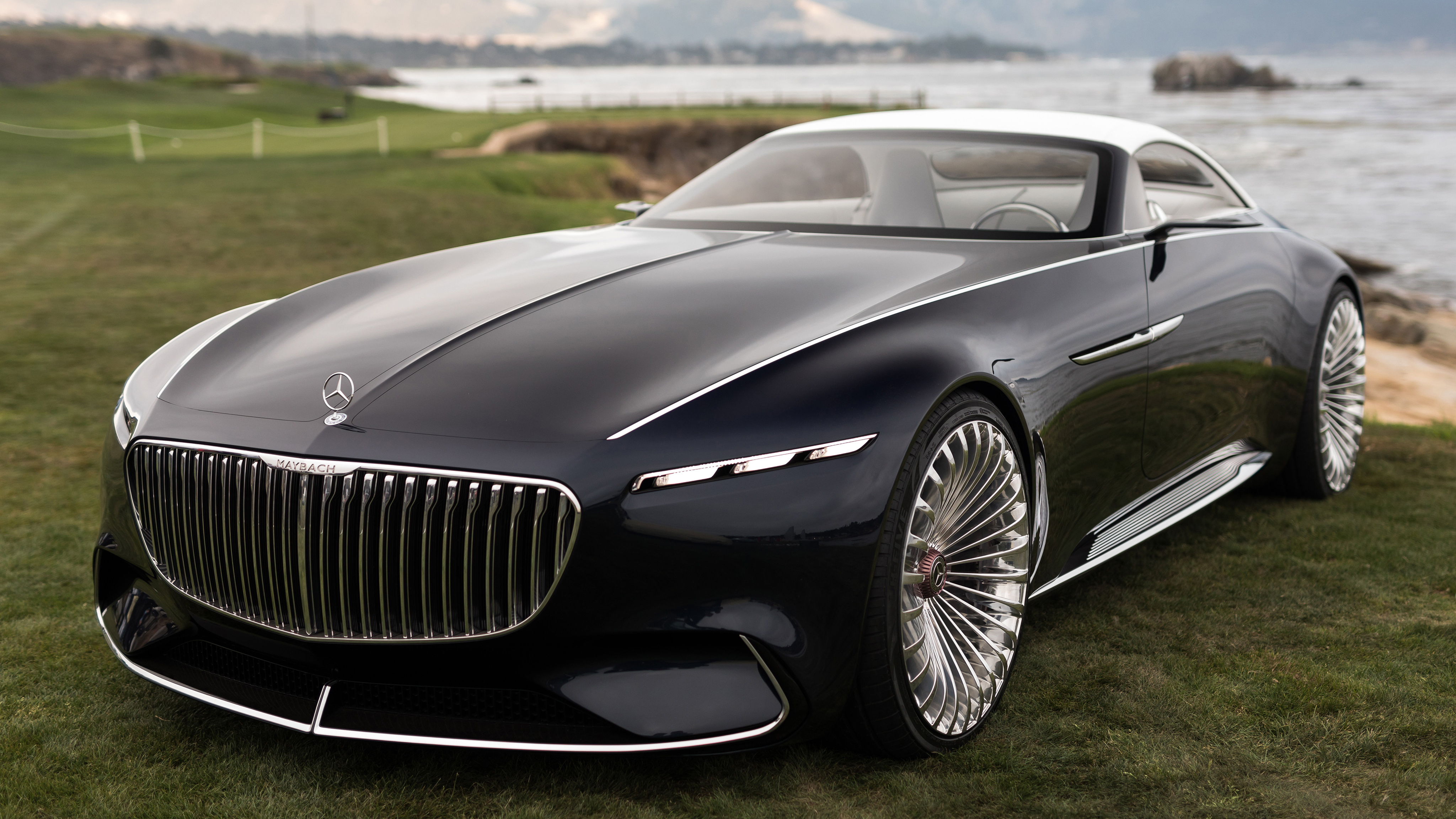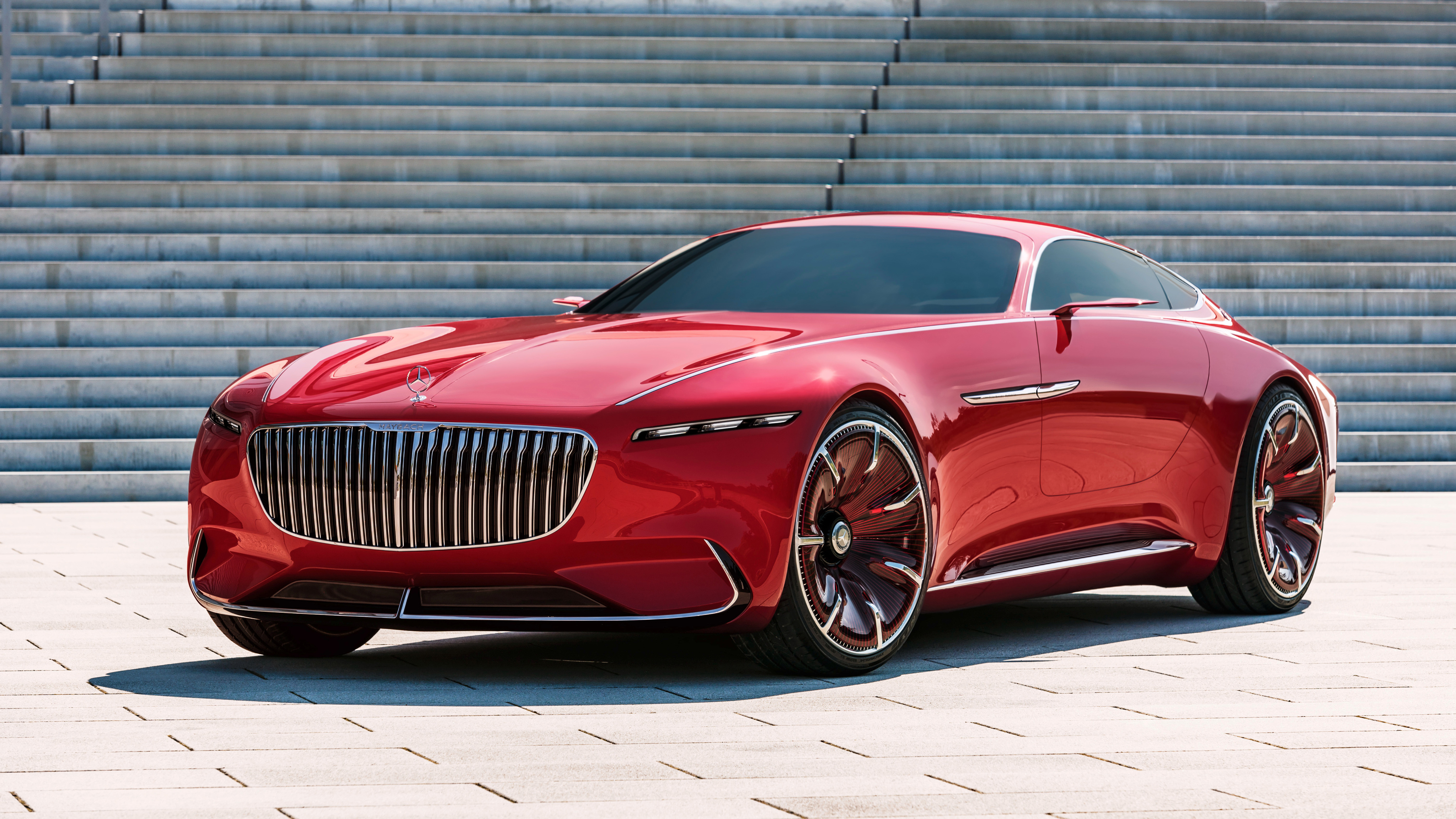Have you ever wondered what makes a luxury car truly special, what gives it that feeling of effortless power and smooth grace? Well, for many, the answer often comes down to what's under the hood, and that's especially true when we talk about the legendary Maybach engine. It's almost like the beating heart of a magnificent machine, you know, giving it life and a certain kind of presence.
From its very beginnings, the Maybach name has stood for something pretty big in the world of automobiles, and even beyond. The original company, for instance, was started way back in 1909 by Wilhelm Maybach and his son. They had a vision, a really clear picture, for creating things that were not just vehicles but rather works of art on wheels, something truly special.
Today, when people think of Maybach, they often think of a certain kind of feeling: the utmost grace and maximum comfort, a real attention to detail, and a powerful aura of grandeur. This feeling, in a way, is deeply connected to the engineering that goes into every single part, and the engine, naturally, plays a very, very central part in all of that, too.
Table of Contents
- The Maybach Legacy: From the Start
- Engines of War: Maybach's Role in History
- The Modern Maybach Engine: A Blend of Tradition and Today
- Maybach Engine FAQs
The Maybach Legacy: From the Start
The story of the Maybach engine really begins with the vision of its founders. Wilhelm Maybach and his son, you see, were pioneers. They were people who looked at what was possible and then pushed the boundaries of it, just a little bit, to create something new. When they set up their company in 1909, they weren't just building cars; they were, in some respects, crafting experiences, and the engines they made were at the very core of that idea.
This early work, actually, laid the groundwork for a reputation that would last for many, many years. People began to associate the Maybach name with a certain level of engineering excellence, a kind of quality that was hard to find anywhere else. It was about precision, about making things that worked incredibly well, and about a deep commitment to what they were doing, you know.
Even back then, their engines were known for their smoothness and their ability to provide power in a very refined way. It wasn't just about how much muscle they had; it was also about how they delivered that muscle, with a quiet strength that was really quite impressive. This focus on both power and grace, arguably, has stayed with the Maybach brand through all its different stages.
Engines of War: Maybach's Role in History
It's interesting to think that a company so connected with luxury also played a rather significant role in a very different kind of machine: tanks. The Maybach company, under the technical leadership of Karl Maybach, produced the engines for all the medium and heavy German tanks of WWII. This is a part of their story that many people might not know, but it shows the sheer versatility and robustness of their engine designs, you know.
This was an incomplete list of gasoline engines designed by Maybach AG, manufactured by Maybach and other firms under licence, and fitted in various German tanks. So, while we often think of Maybach in terms of plush interiors and quiet rides, their engines were also powering heavy machinery through incredibly tough conditions, which is pretty amazing, really.
The demands on these engines were, obviously, immense. They had to be reliable, powerful, and able to operate in very challenging environments. The fact that Maybach engines were chosen for such a critical role speaks volumes about their engineering prowess and their ability to create engines that could truly perform when it mattered most, you know.
Powering the Panzers
These tank engines included almost all the production tank engines through Panzer I, II, III. That's a lot of tanks, isn't it? It means that Maybach's engine designs were central to a huge part of military history. They weren't just making a few engines here and there; they were supplying the core power units for a significant portion of the German tank fleet, which is, honestly, a pretty big deal.
The technical challenges of creating engines for tanks are, you know, quite different from those for luxury cars. You need raw power, durability, and the ability to withstand extreme stress. The Maybach engineers, under Karl Maybach, clearly rose to that challenge, developing engines that could reliably move these massive machines, which is quite something, really.
This historical period, therefore, really cemented Maybach's reputation as a top-tier engine designer and manufacturer. It showed that their expertise wasn't limited to just one kind of vehicle; they could apply their deep knowledge of engine building to very different applications and still achieve remarkable results, a testament to their engineering depth, in a way.
The Modern Maybach Engine: A Blend of Tradition and Today
Fast forward to today, and the Maybach engine continues to be a symbol of peak automotive engineering. Welcome to the world of Mercedes, where Maybach now exists as an ultra-luxury sub-brand. This partnership, you know, brings together the rich heritage of Maybach with the cutting-edge technology and global reach of Mercedes-Benz, which is a pretty good combination, really.
When you consider a modern Maybach, you're looking at a vehicle where the engine is designed not just for power, but for an experience. It's about delivering that power with incredible smoothness, a quiet hum that barely registers, and a sense of effortless acceleration. This, in a way, carries forward the original Maybach ethos of grace and comfort, but with all the advancements of today's technology, you know.
The engines in today's Maybach models are, typically, powerful V8s and V12s, often twin-turbocharged, providing immense torque and horsepower. They are engineered to provide a ride that feels incredibly refined, allowing passengers to experience the utmost grace and maximum comfort. It's all about that feeling of being transported, rather than just driven, which is quite nice, really.
What Makes a Maybach Engine Special Today?
What really sets a modern Maybach engine apart is its focus on refinement and the overall driving experience. It's not just about raw numbers, though those are impressive too. It's about how the engine integrates with the rest of the car to create an atmosphere of luxury and serenity, you know, a very calm feeling.
Every detail, from the sound insulation to the way the power is delivered, is meticulously crafted. The attention to detail that the original company valued is still very much present, ensuring that the engine contributes to the aura of grandeur that surrounds every Maybach vehicle. It's a symphony of engineering, in a way, working together perfectly.
These engines are also designed for efficiency, considering their power output. They incorporate advanced technologies to manage fuel consumption while still providing that incredible performance. So, you get the best of both worlds: serious power when you need it, and a thoughtful approach to how it uses fuel, which is quite clever, really.
Technical Insights: What People Want to Know
When people look at a Maybach, they often want to find out everything about the consumption, engine, performance, boot capacity, dimensions, and other technical data of the S-Class models. The engine, naturally, is a big part of that curiosity. People are interested in the size of the engine, the number of cylinders, and how much power it actually makes, you know.
For example, many current Maybach models feature a V12 engine, a configuration known for its inherent balance and smoothness. This type of engine, you know, is often chosen for ultra-luxury vehicles because it can deliver power in such a refined way, without any harshness. It's a very smooth operator, to be honest.
The performance figures for these engines are, obviously, very impressive. They allow these large, comfortable vehicles to accelerate with surprising speed and maintain high cruising speeds with ease. It's that feeling of effortless motion that really defines the Maybach experience, and the engine is absolutely key to providing that, you know, very fluid movement.
You can learn more about Mercedes-Maybach on our site, and for specific model details, you might want to check out this page . To get a comprehensive look at the modern Maybach line-up and their technical specifications, it's always a good idea to visit the official Mercedes-Benz website, where you can explore their current offerings and see the evolution of this remarkable brand firsthand. You can visit the official Mercedes-Benz Maybach site for more details, which is a really good place to start, you know.
Maybach Engine FAQs
People often have a few questions about Maybach engines, given their history and reputation. Here are some common ones that come up, just to clear things up a little bit, you know.
What engine is in a Maybach?
Modern Maybach models typically use very powerful engines, often a V8 or a V12, which is quite common for luxury cars. These engines are usually twin-turbocharged, meaning they have extra bits that help them make even more power. They are designed to give you a really smooth ride and a lot of get-up-and-go when you need it, which is pretty nice, really.
Who built Maybach engines for tanks?
The Maybach company itself, under the technical leadership of Karl Maybach, produced the engines for almost all the medium and heavy German tanks during WWII. They were also manufactured by other firms under licence, but the original designs came from Maybach AG. So, it was a Maybach design at its heart, you know, powering those big machines.
Is a Maybach engine a V12?
Many of the most luxurious and high-end Maybach models do feature a V12 engine. This engine type is chosen for its ability to deliver power in a very refined and smooth way, which really suits the Maybach brand's focus on ultimate comfort and grace. While some models might have other engine types, the V12 is very, very much a signature of the Maybach experience, to be honest.



